Placemaking Postcards is a blog series from the Bass Center for Transformative Placemaking at Brookings where policymakers and practitioners guest-author promising placemaking efforts from across the U.S. and abroad that foster connected, vibrant, and inclusive communities. In line with the principle tenets of placemaking, the goal of the series is to recognize the community as the expert, highlight voices from the field, and to create a community of learning and practice around transformative placemaking.
 It’s no secret that the COVID-19 pandemic is disproportionately impacting small businesses, particularly those in historically disinvested commercial corridors. The number of small businesses that have permanently closed their doors is now well into the six figures, and federal aid through the CARES Act proved cumbersome and rife with race- and place-based inequities.
It’s no secret that the COVID-19 pandemic is disproportionately impacting small businesses, particularly those in historically disinvested commercial corridors. The number of small businesses that have permanently closed their doors is now well into the six figures, and federal aid through the CARES Act proved cumbersome and rife with race- and place-based inequities.
In legacy cities in the industrial Midwest, many small business owners and residents were still recovering from the Great Recession when COVID-19 struck. Jobs had been steadily moving away from communities who needed them the most, and federal funding for community development had fallen by more than 80% between 1979 and 2016.
Before the pandemic—and even more so now—city leaders in Akron, Ohio recognized the importance of small businesses as economic and cultural anchors for neighborhoods, as well as the role of quality places in supporting these small businesses. In 2018, the city of Akron decided to invest in neighborhood business districts (NBDs) as hubs of hyperlocal economic revitalization, and launched a catalytic place-based initiative, Great Streets Akron, to target investments into these hubs. This initiative has provided critical groundwork for neighborhood small business survival and greater community trust during the COVID-19 pandemic. We hope that through sustained action, it will continue to reshape our commercial corridors for broad-based prosperity in the years to come.
Investing in place to support small businesses
Great Streets Akron was modeled after Los Angeles’ Great Streets initiative and “Akron-ized” with our own adjustments. We began by targeting city resources and support into 12 NBDs affected by years of neglect, providing them with strategic business development support, funding for public realm improvements, and greater safety and transportation access. We selected NBDs in consultation with the Akron City Council, evaluating them for economic viability and historical significance. We also conducted surveys with business owners and adjacent customer bases, who indicated that we’d have to support the corridors through sustained action over time.
Over the past three years, we’ve worked closely with local community development corporations (CDCs) and merchants’ associations to address NBDs’ most pressing issues and cultivate a more business-friendly environment by:
- Awarding over $2 million in façade improvement grants
- Launching a small business competition to match entrepreneurs with vacant storefronts
- Developing a design guide to help business and building owners achieve aesthetic continuity along the corridors
- Producing a new streetscape improvement plan
- Installing LED lights throughout the districts in our continued efforts to enhance public safety
- Ramping up street resurfacing
- Increasing the tree canopy
We implemented these place-based investments alongside neighborhood leaders and organizations to ensure the community’s vision fully shaped the initiative. Collectively, these investments are meant to support the backbone of our city’s neighborhoods, lead to transformative investments after generations of disinvestment, and ultimately leverage neighborhood Main Streets as physical conduits connecting residents and small businesses to their regional economy.
Catalytic development requires moving at the speed of trust
In working with neighborhoods that have long been disinvested, trust is the only currency that matters—and those of us working for cities aren’t coming with much in the proverbial bank account.
Despite our lofty goals of connecting neighborhood districts to their regional economy, we learned quickly that first we had to address basic needs and atone for past sins. Why would merchants on Copley Road believe the city’s promises when their trash cans are constantly overflowing? Or trust that redesigning the street for bus rapid transit can be a game changer when the last time the street was altered it was done so without consulting residents?
To make our actions speak louder than our words, we partnered with neighborhood associations to address some of the districts’ pressing needs right away. In the Copley Road area, a historically Black commercial corridor, we launched the Maple Valley Community Pride Cleanup—a grassroots effort spanning 15 consecutive weeks in which volunteers removed over 1,600 pounds of litter, beautified the NBD and adjacent park, cleaned vacant lots and alleys, mowed lawns, trimmed hedges, pulled weeds, cleared overgrowth, added trash receptables, and significantly impacted the streetscape. This momentum led to talk of forming a Special Improvement District, or SID, to fund a permanent “clean and safe” program, and the city is funding a pilot to build confidence that such a financial commitment is worth it. None of this was happening before Great Streets Akron.
Part of building these catalytic place-based initiatives is moving at the speed of trust. This reality doesn’t always fit neatly into the rhythm of election cycles, but it is critical to long-term success. It’s this principle that guides us forward and continues to shape our efforts.
Catalytic development requires moving at the speed of trust
In working with neighborhoods that have long been disinvested, trust is the only currency that matters—and those of us working for cities aren’t coming with much in the proverbial bank account.
Despite our lofty goals of connecting neighborhood districts to their regional economy, we learned quickly that first we had to address basic needs and atone for past sins. Why would merchants on Copley Road believe the city’s promises when their trash cans are constantly overflowing? Or trust that redesigning the street for bus rapid transit can be a game changer when the last time the street was altered it was done so without consulting residents?
To make our actions speak louder than our words, we partnered with neighborhood associations to address some of the districts’ pressing needs right away. In the Copley Road area, a historically Black commercial corridor, we launched the Maple Valley Community Pride Cleanup—a grassroots effort spanning 15 consecutive weeks in which volunteers removed over 1,600 pounds of litter, beautified the NBD and adjacent park, cleaned vacant lots and alleys, mowed lawns, trimmed hedges, pulled weeds, cleared overgrowth, added trash receptables, and significantly impacted the streetscape. This momentum led to talk of forming a Special Improvement District, or SID, to fund a permanent “clean and safe” program, and the city is funding a pilot to build confidence that such a financial commitment is worth it. None of this was happening before Great Streets Akron.
Part of building these catalytic place-based initiatives is moving at the speed of trust. This reality doesn’t always fit neatly into the rhythm of election cycles, but it is critical to long-term success. It’s this principle that guides us forward and continues to shape our efforts.
Building resiliency and relevance for a post-pandemic economy
As we begin to emerge from the pandemic and look to the future of Great Streets Akron, building trust remains our top priority—which requires delivering results early and often. In 2021, we’ll repurpose two of our city-owned vacant lots into thriving public green space, rehabilitate a former Veterans of Foreign Wars hall into a vital access point for workforce referrals and city services, and continue our investments in signage, planters, street pole banners, and public art to confirm our belief that neighborhood beauty is a basic right.
COVID-19 has dealt a heavy blow to our progress. Still, the existence of the initiative and the relationships it forged buoyed the NBDs and the businesses in them. There is cautious optimism that renewed federal interest in urban redevelopment could bring catalytic investment to places like Akron. Through Great Streets Akron, our NBDs are better positioned to leverage potential federal reinvestment and implement more comprehensive interventions such as bus rapid transit and gigabit fiber, thus connecting them more firmly to the regional economy. It will take such a partnership across all levels of government to realize the full potential of NBDs as “hubs” for broader economies.
If civic leaders are to achieve success in reversing economic trends that have encouraged sprawl, neglected communities of color, and left millions behind, we must meet communities where they are. Trust matters, now more than ever. By building it, we address the past. By maintaining it, we affect the present. And by cultivating it, we can brighten the future.
All photos courtesy of the City of Akron.
The Brookings Institution is committed to quality, independence, and impact.
We are supported by a diverse array of funders. In line with our values and policies, each Brookings publication represents the sole views of its author(s).
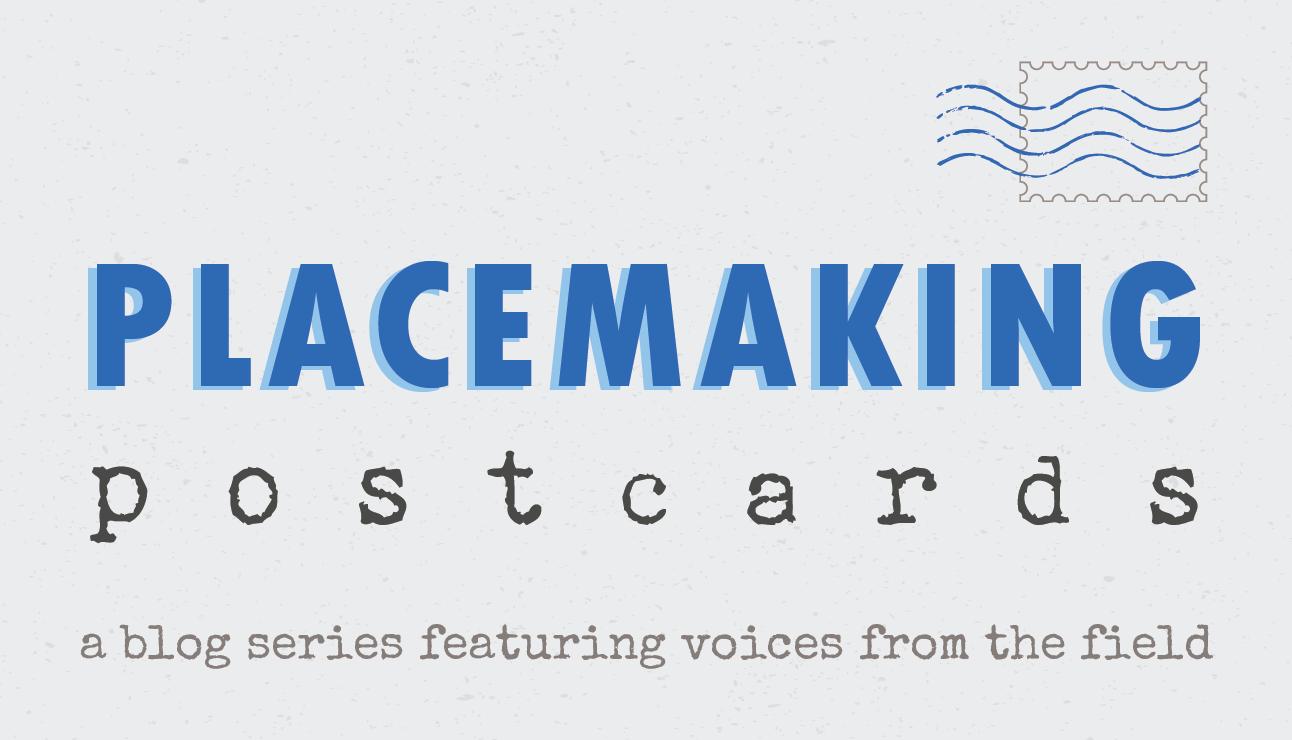
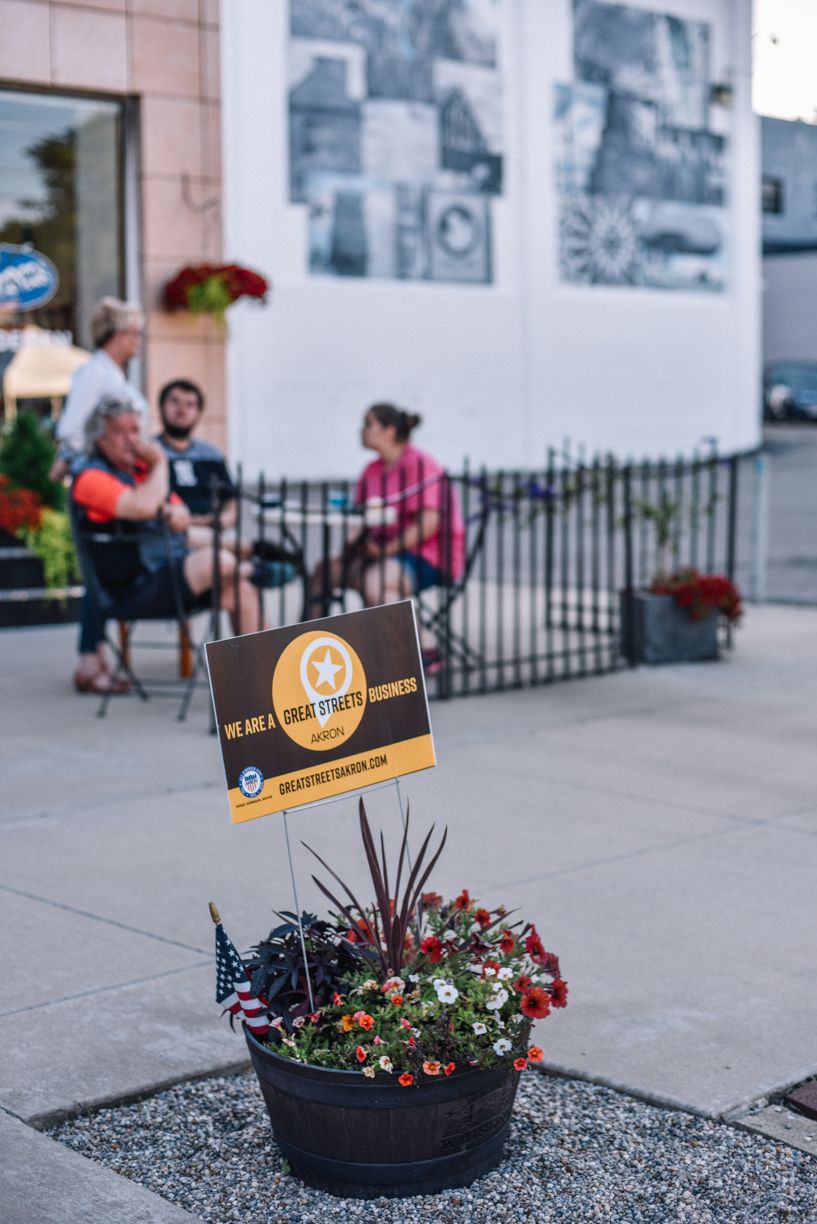
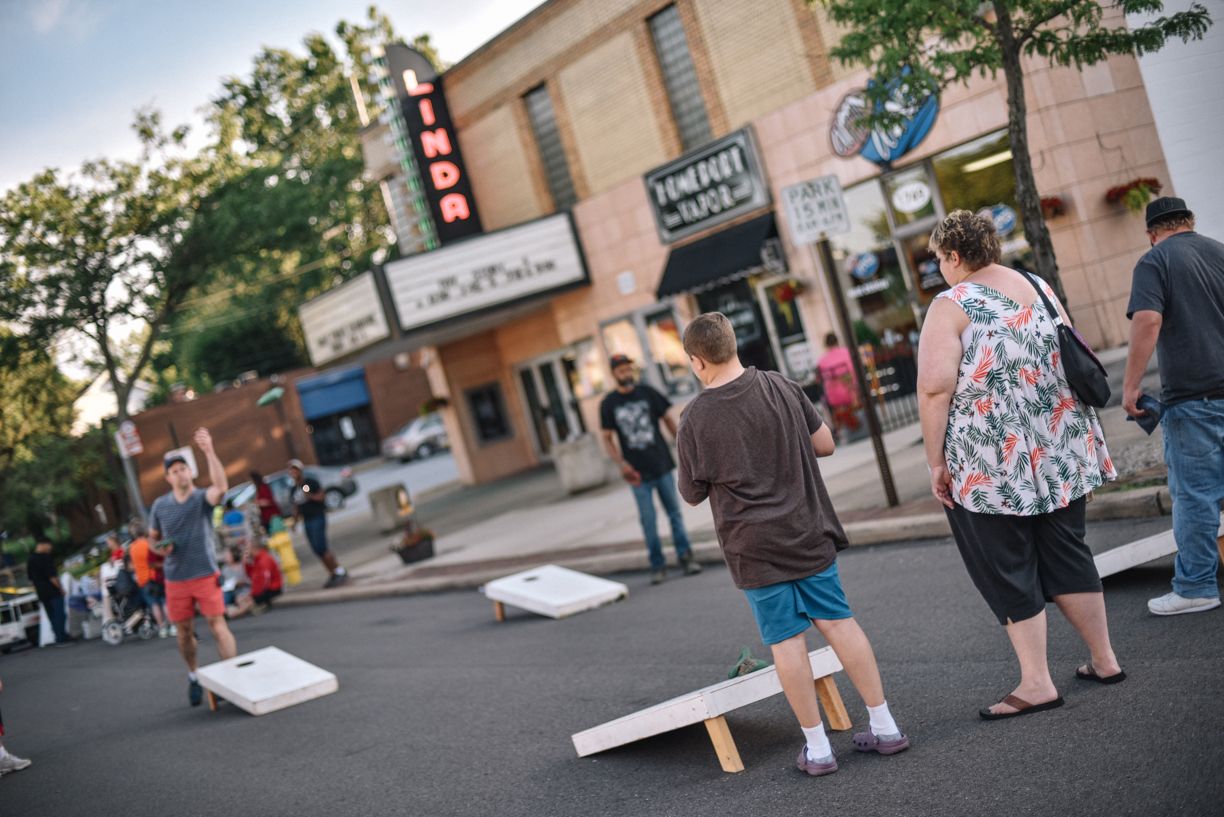
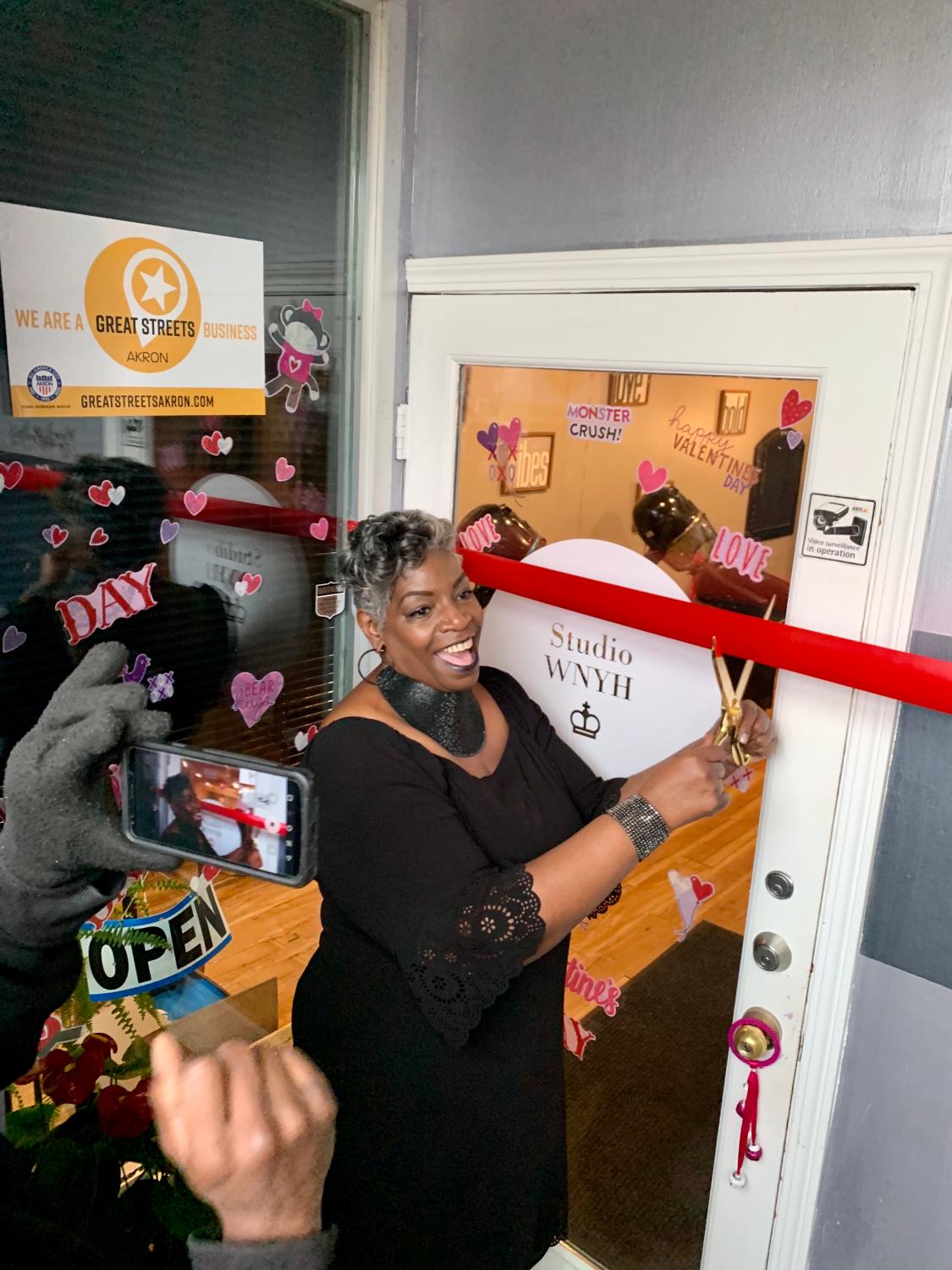

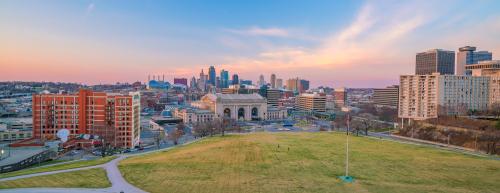
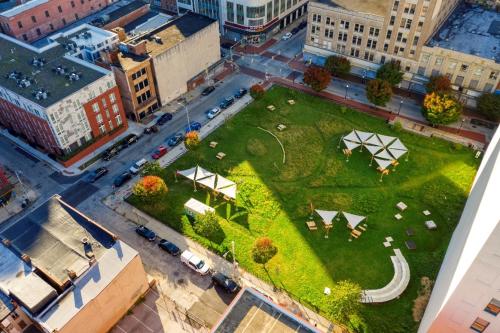



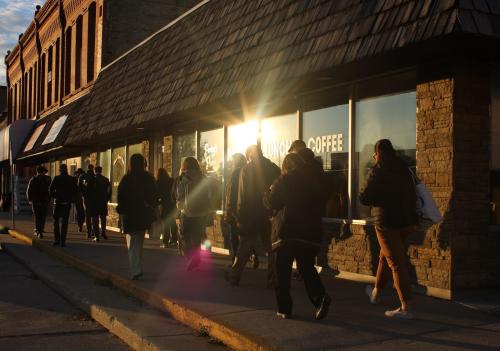

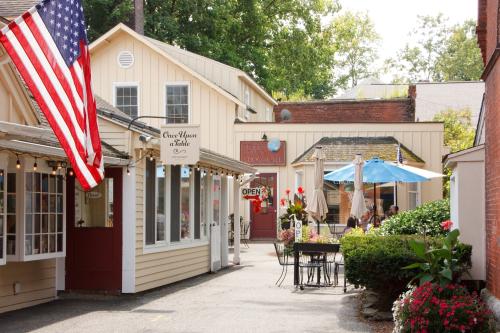
Commentary
How Akron, Ohio is expanding economic opportunity by investing in neighborhood business districts
April 1, 2021